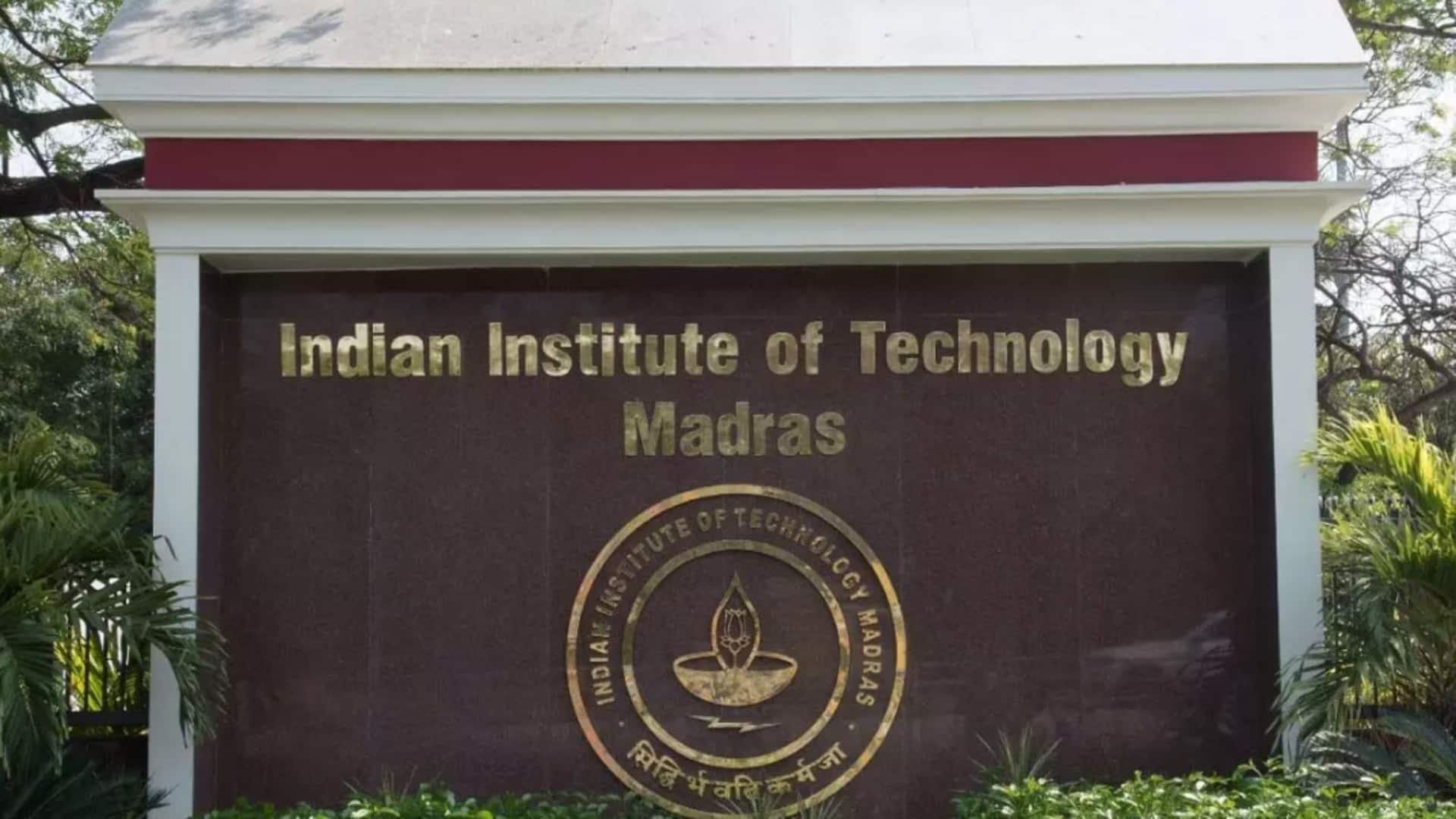
IIT Madras develops low-cost device for rapid antibiotic testing
What's the story
IIT Madras has developed an innovative and affordable microfluidic device for rapid antibiotic susceptibility testing. The lab-on-chip device employs screen-printed carbon electrodes on a simple microfluidic chip, making it both cost-effective and suitable for use in smaller clinics and rural healthcare centers. The breakthrough comes as a potential solution to the global challenge of antimicrobial resistance (AMR).
Impact
Device delivers results in 3 hours
The device, which can deliver results in just three hours, uses 'Electrochemical Impedance Spectroscopy' to test bacterial resistance or susceptibility to antibiotics. "The device designed for speed, sensitivity, and ease of use holds strong potential for early diagnosis and better treatment of bacterial infections," said S Pushpavanam from IIT Madras. He added that this innovation could greatly benefit areas with limited access to advanced lab infrastructure.
Challenge
AMR is a global health threat
AMR is a major global health threat, with the World Health Organization (WHO) ranking it among the top 10 threats to public health. In 2019 alone, nearly 4.95 million deaths were associated with bacterial AMR. Pushpavanam pointed out that "the burden is especially high in low and middle-income countries, where diagnostic facilities are limited and infections often go untreated or are improperly managed."
Testing
Traditional methods take up to 3 days
Traditional Antimicrobial Susceptibility Testing (AST) methods are labor-intensive and can take 48 to 72 hours. This delay often leads to the use of broad-spectrum antibiotics as a temporary solution, further worsening the resistance problem. To tackle these challenges, IIT Madras developed e-D, an affordable phenotypic testing device that uses electrochemical signals to assess bacterial growth and antibiotic susceptibility.
Accessibility
e-D meets WHO's criteria for effective diagnostic tools
Pushpavanam emphasized that e-D meets several key criteria outlined by the WHO, including affordability, speed, ease of use, and reliability. He said this device takes a significant step toward making antimicrobial susceptibility testing more accessible, especially in low-resource settings. An important aspect of their device is a specially prepared nutrient solution that supports bacterial growth while enhancing the sensitivity of electrical signals used for detection.
Future
Clinical validation and commercialization plans
The researchers tested the device on two types of bacteria, gram-negative E. coli and gram-positive B. subtilis. They used two antibiotics with different modes of action to confirm the device's ability to detect both kinds of responses. "Currently, we are doing clinical validation in collaboration with the IITM Institute Hospital," Pushpavanam said. After rigorous clinical validation, they plan to commercialize this through their startup, Kaappon Analytics India Private Limited.